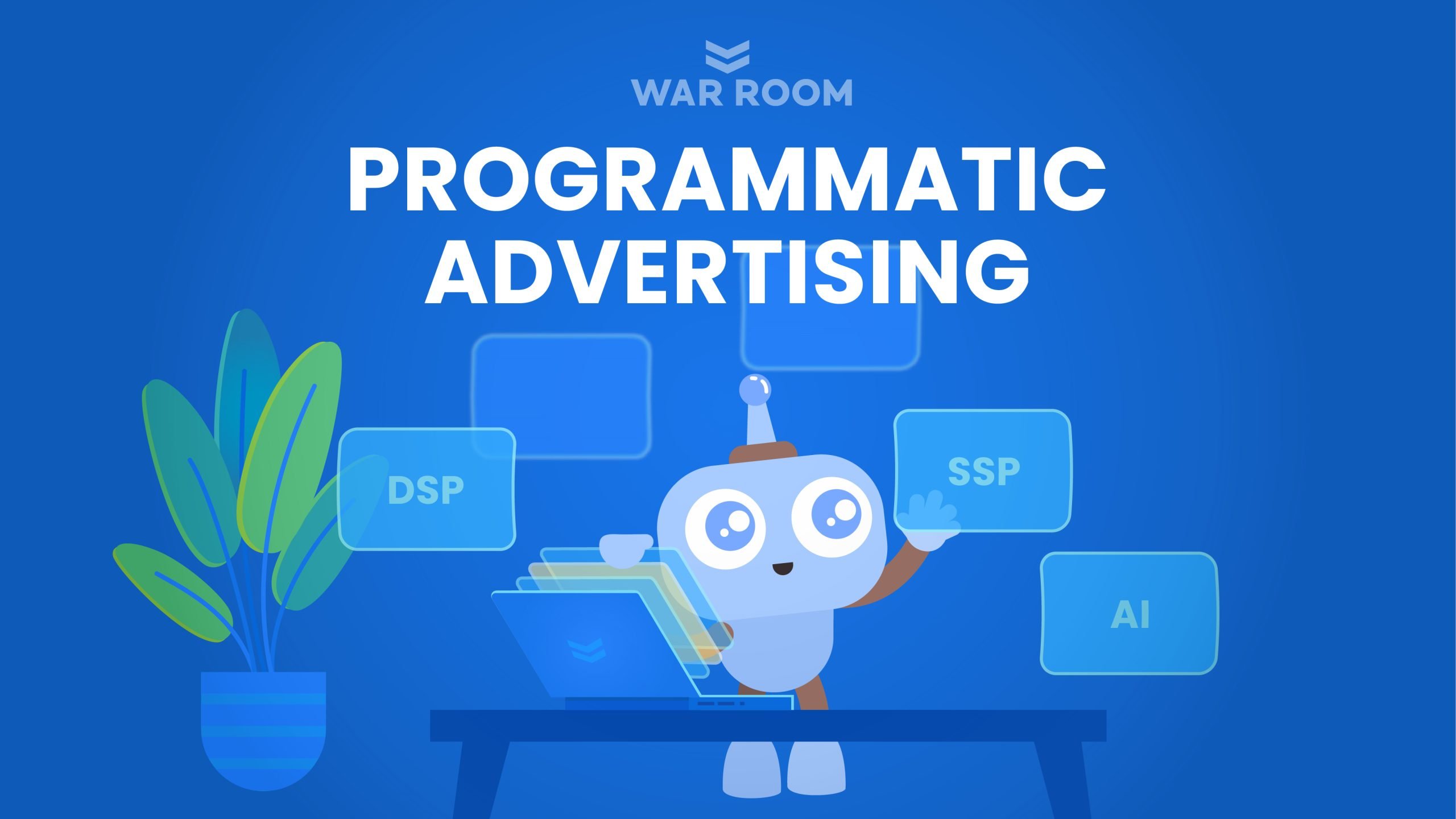With so much stimulation around us in person and online when it comes to marketing, brands need to find a way to cut through the noise.
Dynamic Creative Optimization (DCO) is a way to stand out from the crowd.
If you’re a brand marketer, DCO is a game-changer and should definitely be a part of your digital ad strategy. And if you’re not sure what it is, fret not! This guide will discuss what it is, how it works, and how it will affect (and benefit) your marketing.
Here’s what we’ll cover:
What is Dynamic Creative Optimization?
Data sets may include audience information, such as:
- Device
- Location
- Interests
- Language
- Website behavior, etc
Common examples of a dynamic ad would be a Display or Facebook carousel of the products you previously browsed on a website but didn’t purchase. The ad is unique to every user.
How Does Dynamic Creative Optimization Work?
DCO ad tech creates personalized ads based on the data of the user viewing it at the moment. It will showcase dynamic content like things they left in their shopping cart or items they’ve browsed.
It does so by dissecting an ad into different components, lile: image, tagline, or copy. Advertisers would upload their creative assets (image, headlines, text etc.), then DCO technology will then create various combinations of ads to serve. Think of it as A/B testing but on a much wider scale: less manual, more automatic.
While running the variation of ads, the ad tech’s machine learning features will constantly assess what is effective and what isn’t. Then after a few days, it will determine which of the best-performing combinations and serve those to the relevant audience.
When your ads are runing, it’s collecting data on consumers. The data records and analyzes users’ interactions with your brand and website. In turn, it gives you more insights to make improvements to your creatives.
Examples of Dynamic Creative Optimization
We’re definitely on the path to this level of personalization. Digital Out-Of-Home ads can change messaging dependent on the time, weather etc. Audio ads can be served to specific genres or podcasts users listen to. There has also been a shift towards first-party data: the advertising industry will have lots of options to capture the attention of their audience!
Let’s say you’re running an ad that targets the general population. It may appeal to some people but might not pack that extra oomph to persuade another demographic to convert.
DCO takes personalization to a new level. You can target different audience segments based on age, interests etc.
For example, you own a health and wellness store. You can run an ad promoting protein powders to 20-40 year olds. However, some people could be health-conscious but aren’t gym enthusiasts in that age range, so those ads might not be relevant. With DCO, you could have another ad for your vitamin products be served to this group instead, which might appeal to them better.
Home Hardware DCO example
General Retargeting Ad
Save big on all our home improvement products. Shop now.
[Images of miscellaneous products]
Dynamically Optimized Retargeting Ad
This is a great weekend to install that fence. Shop now.
[Carousel of fence products previously viewed by user]
Travelocity DCO example
General Retargeting Ad
Low fares on hundreds of airlines. Book now.
Dynamically Optimized Retargeting Ad
Low fares on hundreds of airlines.
Find flights from Orlando to San Francisco. Book now.
With personalized content in the ad, it speaks directly to the consumer and their needs, which increases its effectiveness. We’ll dive more into some statistics to back this up in the next section.
Why is Dynamic Creative Optimization Effective?
According to Adlucent, 71% of consumers prefer personalized ads, which results in a higher Click-Through Rate (CTR).
So, it’s easy to say; relevant ads are a must for successful digital advertising.
Some more statistics support this point, for example:
- 1 in 4 consumers say personalized ads are a great way for them to discover new products.
- About 20% of people say it makes their online shopping experience easier.
- 44% of consumers said they’re willing to provide basic contact information (name, email, address, preferences etc) to get more relevant ads tailored for them.
Customer journeys are not all identical, and DCO helps prepare brands for this.
The process of DCO is data-informed: it minimizes a lengthy process of creation, scales it, collects data, and makes optimizations. Facebook and Google each have their own systems for dynamic creative advertising.
Benefits of Dynamic Creative Optimization
Increase Brand Awareness
Perhaps you’re trying to reach a new market segment and want to make a good impression. DCO’s smart and personalized messaging enables you to speak to different users’ pain points, needs, etc. It helps people feel connected to your brand. Studies show that users are almost twice as likely to click on an ad for an unknown brand or product if it is personalized.
It’s a great way to grow your brand presence digitally.
Higher Click-Through Rate (CTR)
We’ve learned that DCO helps brands scale when it comes to the variations of unique, personalized ads. Because the content is highly relevant, the message is more likely to resonate with the user. Thus, a higher chance of users clicking on the ad.
Combat Ad Fatigue
Ad Fatigue is when people see your ads multiple times, usually with the same creative. Over time, the consumer would become numb to your efforts, willing to ignore it because they’ve been exposed to it so many times. This, in turn, leads to lower clicks and conversions, which ultimately means worse Return on Ad Spend.
With countless variations of ads made possible with DCO, it stays fresh for your consumers.
To learn about what makes a great ad creative, check out our blog, The Anatomy of an Ad Creative.
Save Time & Money
In a previous blog, we discussed how Social Display Ads uses automation to repurpose your social content as Display Ads, which saves you time and money on having someone design new ad creative – DCO is similar.
Your team of designers and copywriters would still work their magic and produce great creatives. But once the creating process is done, they’ll hand the baton over to DCO technology to spin out the finalized versions.
Compare that to traditional A/B testing: where you could only test a small element on the ad at a time. A/B testing is manual, time-consuming, and limited to certain variables (creative, audience). Expedite your creative process today with DCO.
With the automation of effective ads and better CTR, you’ll also be able to save on wasted ad spend. You wouldn’t be casting a wide net hoping to catch whoever you can. Instead, you’ll have strategically placed nets with specialty bait to catch big fish!
War Room is an award-winning ad agency 100% specialized in programmatic. We are a big believer in automation and cutting-edge ad tech, which is why we really want to spread the word on how Dynamic Creative Optimization is awesome!
We built our ad tech from scratch. Combine that with our team’s expertise, and you can expect performance-driven results, better Return on Ad Spend (ROAS), and peace of mind. Plus, you’ll gain a deeper understanding of your audiences’ customer journey, which will enhance your overall marketing strategy!
Change Your Ad Game with Dynamic Creative Optimization
Get Better Results With Smart, Automated Personalization
Connect with our Programmatic Experts Today.




